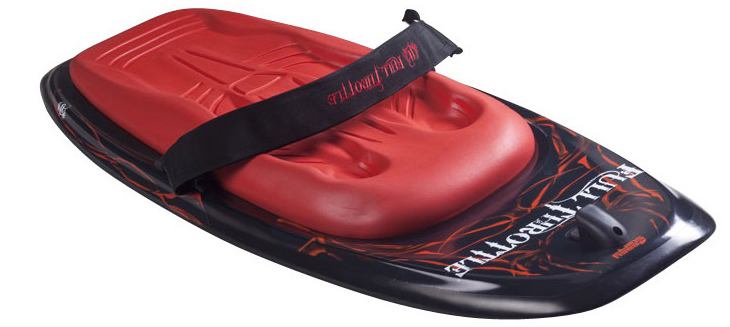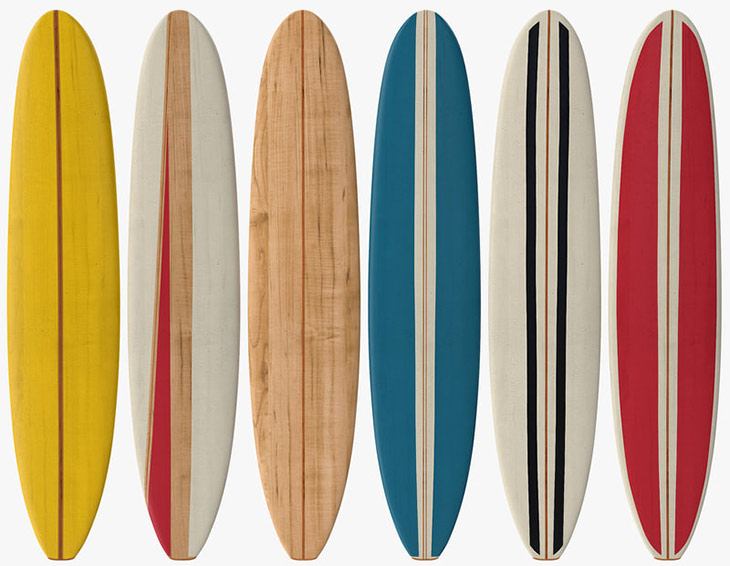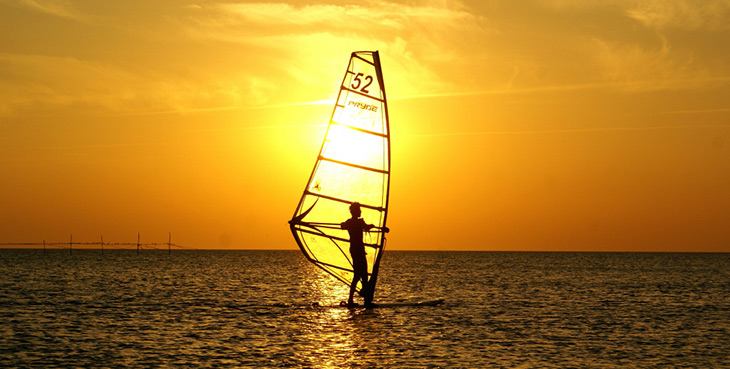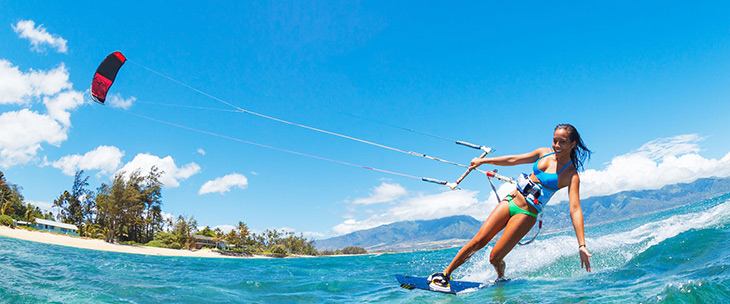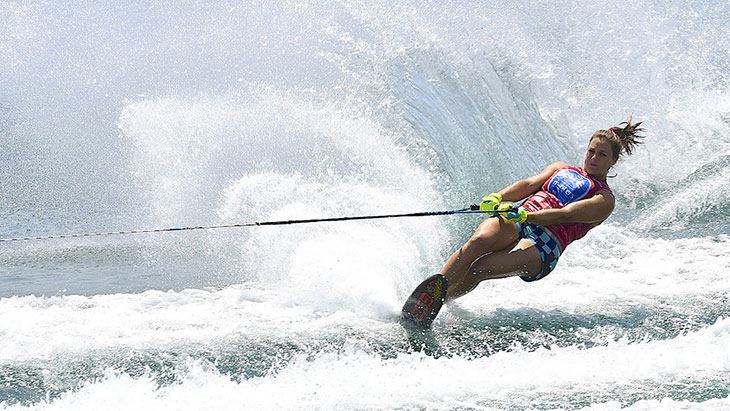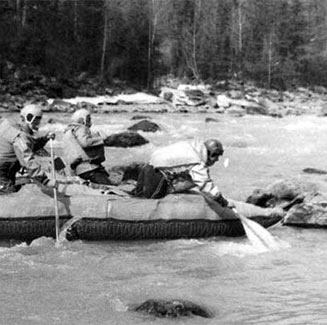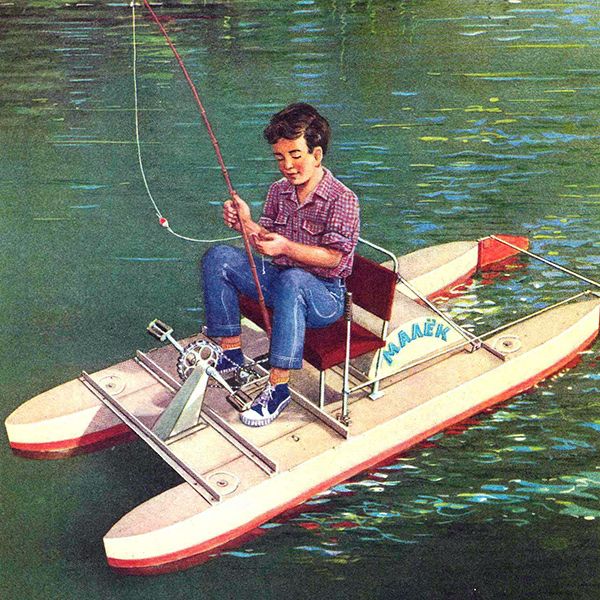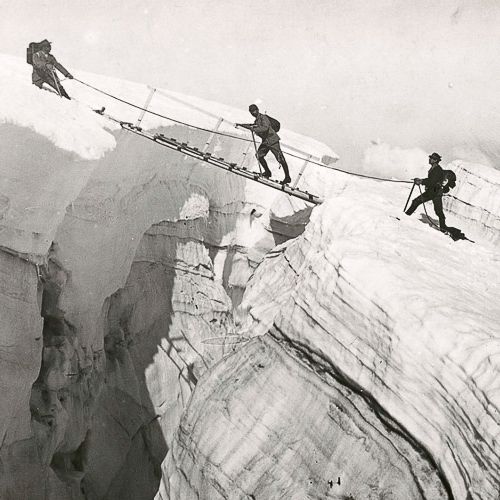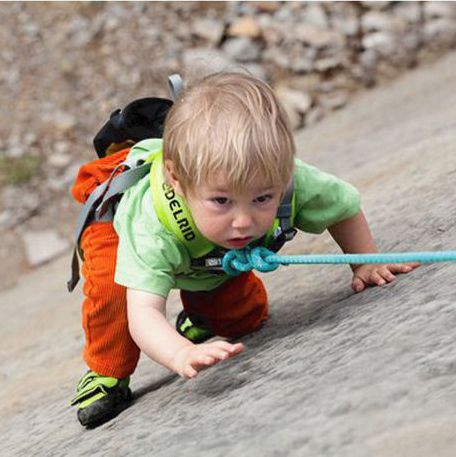In the beginning, there was the Sea. More precisely, there was the Ocean, and there were People. And one day they met – the vast Ocean and a tribe of people who decided to leave the land and live by the sea. This tribe became one with the sea, embracing it as their place in life. They no longer needed wars over territorial possessions on continents – these people had countless islands and boundless seas.
Thus arose the race of Polynesians, who were born and died on boats as naturally as on the land of their islands, embracing the Sea and its creatures as we embrace the Forest.
 Engraving from 1866 featuring Hawaiian surfers
Engraving from 1866 featuring Hawaiian surfers
These people accepted the sea and loved its play in the surf. No one else thought – or could have thought – to ride a wave. The Ocean and the People invented a shared game – surfing. For humans, it’s both a sport and a game, akin to dance – but it requires not only coordination of movements but considerable courage as well. The Ocean nurtured true hunters and warriors, granting them strength and agility.
Surfing: The Beginning
At first glance, surfing seems very simple, yet to Europeans who saw it for the first time, it was utterly baffling – the difference in movement culture between the stiff, “cultured” European and the free, fluid Polynesian was too vast.
For those who wish to master surfing , it’s essential to understand that there can be no static stance or constancy during the ride on a wave – it is alive and ever-changing. One must become one with it, “hear” the Sea within, become part of the wave, and play with it.
Anyone who desires to develop their body can learn to surf, needing only suitable conditions and a teacher. The ancient Hawaiian wisdom is simple and straightforward:
“When going surfing, take a friend – it halves the chance of being eaten by a shark.”
Maybe they thought the shark would eat the friend, who knows? But most likely, they hinted that a friend wouldn’t let you drown.
Equipment and Waves
You will need a long (about three meters), wide-nosed board – a longboard . It is very buoyant, doesn’t submerge under body weight, is very stable, and doesn’t require large waves like those in Ireland . On it, you can make mistakes without worrying about getting hurt – the board is relatively light, and a beginner usually rides on low waves.
People even ride food trays from cafeterias, and this pastime proudly bears the name “tray surfing.”
For more details on boards, read The Surfer’s Guide to Boards .
However, when learning, everyone will have to swallow their share of seawater – it’s the price of entry to becoming a part of the Ocean.
You’ll also need “good” waves; riding a long, smooth wave can take anywhere from 20 to 250 meters. A beginner is better off choosing a low wave – about one and a half meters. The theory is simple:
- Paddle out further, either lying or sitting on the board.
- Lie on the board belly-down, distributing body weight evenly. The balance should be perfect, with neither the bow nor the stern submerging under the water.
- Paddle with your hands, searching for the right wave in the ocean .
- When spotting a wave, turn toward the shore and paddle quickly. The wave should pick up the already moving board. This is the tricky part – catching the wave, which means being in the right place at the right time with the right speed. After missing and catching a few waves, your body will “learn,” and it will get easier – much like maintaining balance on a bicycle.
- When the wave catches the board, shift body weight slightly, lifting the board’s nose a bit to prevent it from digging into the wave. The board should glide smoothly over the wave.
- Once the board “stands” on the wave, the surfer can stand up as well.
In Russia, surfing lessons are available in the Far East, the Azov and Black Seas, and St. Petersburg. The best waves in the world, however, are found off the shores of Hawaii, California, Australia, and the beaches of France .
Windsurfing: A Board with a Sail
The idea of attaching a sail to a board came in the 1960s from two Californians – sailor Jimmy Drake and traditional surfer Hoyle Schweitzer.
For windsurfing, you don’t need waves, just wind. Of course, riding on waves (“wave riding”) is also possible. Wave riding is considered the most thrilling and technical form of surfing because you have to control the wave, yourself, the wind, and the sail.
For windsurfing, you need a large board with a centerboard, which is either retractable or foldable. Beginners learn on calm water with a light but steady and constant wind. Simply put, it’s like a standing mini-yacht.
However, if the wind is strong, similar to the conditions in Britain , it’s no longer the person balancing on the board and catching the wind with the sail, but the wind holding the sail, and the person “lies” on the sail, which “captures” the wind.
For beginner Russian windsurfers, local water bodies are suitable. There are training facilities in St. Petersburg and near Moscow on Lake Pleshcheevo.
People practice and learn year-round in Hurghada, Egypt. The best windsurfing spots in the world are Polynesia, the Canary Islands, South Africa, and Australia. These places have both waves and constant, steady wind.
Here’s a compilation of the best movies about surfing and surfers.
Kitesurfing
A sail is great, but a parachute pulls even better!
And an airborne kite pulls even more – thought one windsurfer. Without much hesitation, they harnessed the wind in this new way – into an aerial harness. A kite can be launched and landed without assistants – you only need the wind. This recreation strongly resembles flying a kite – except now, you’re not running with the kite.
To learn kitesurfing, one needs a large board (“directional”) and not too large a kite (with an area not exceeding 9 square meters). Ideally, there should be no trees, power lines, or people around, and there should be steady, strong high-altitude wind and an instructor nearby.
You should also watch instructional videos and practice onshore with a training kite. This sport is not something to attempt learning on your own.
Wakesurfing
This is a type of surfing where an artificial wave is created by a specialized motorboat. After all, not everyone is lucky enough to live on an ocean shoreline! Surfing and its “descendants” are more than just sports ; they are a lifestyle, a mindset, an action philosophy, a worldview, and almost a religion. Most importantly, they represent a significant segment of the global industry!
To engage in any type of surfing, you should buy a wetsuit (or a rash vest) because even in warm water, we cool off quickly and without realizing it. Specialized footwear to protect your feet from sharp corals and rocks, as well as a helmet, is also essential.
And – go for it! In the beginning, there was the Ocean. The Ocean awaits you!

